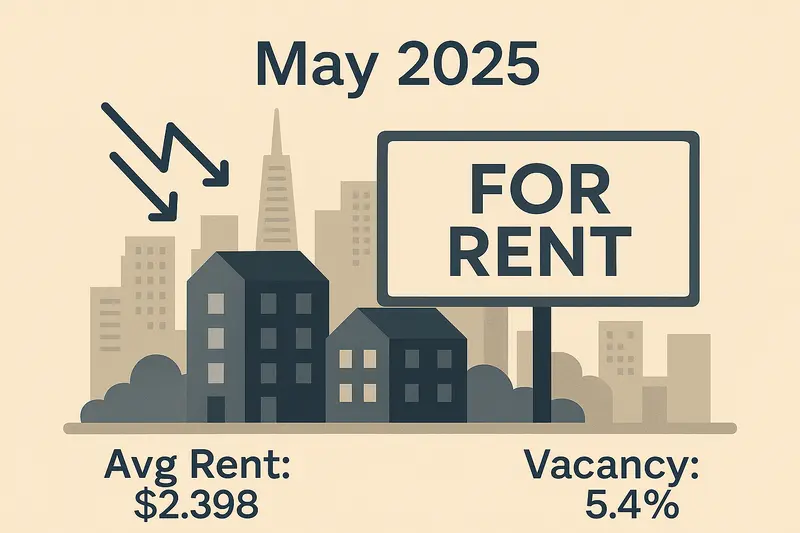Flexible Renting: Unpacking the Tenant‑at‑Will Arrangement
Question
Answer
A tenant‑at‑will relationship arises when a tenant occupies a property without a fixed lease term, continuing to pay rent until either party ends the arrangement with proper notice. This informal setup offers flexibility but comes with specific rules and potential risks.
In most U.S. jurisdictions, a tenancy at will forms when a landlord accepts rent without signing a written or verbal lease specifying duration. Unlike a month‑to‑month lease—where tenancy renews automatically each period—a tenant‑at‑will stays until notice expires. Key features include:
- No set lease term: Tenancy continues indefinitely, subject to termination notice.
- Notice requirements: Both landlord and tenant must give advance notice—commonly 30 to 60 days, depending on state law.
- Standard tenant rights: Occupant still enjoys quiet enjoyment, maintenance obligations and protection under state landlord‑tenant statutes.
Because there’s no automatic renewal, a landlord can regain possession once proper notice is delivered, even without cause. Similarly, a tenant may vacate on short notice. Some states limit “no‑cause” terminations; for example, California requires 30 days’ notice for tenants under one year of occupancy and 60 days thereafter (California Dept. of Consumer Affairs).
Common scenarios creating a tenant‑at‑will situation include:
- A lease expires and the tenant remains while rent continues.
- Parties never executed a formal lease but tenant occupies with landlord’s consent.
- Short‑term or transitional occupancy, such as post‑renovation stays or pending sale of property.
While this arrangement grants flexibility, it also brings uncertainty. Landlords may face gaps in rental income, and tenants risk sudden eviction on short notice. To reduce misunderstandings, document payment terms, notice periods and house rules in writing—even without a full lease.
Tenant‑at‑will tenancies sit between fixed‑term leases and periodic agreements. Before entering or ending one, it’s advisable to consult local statutes or a licensed attorney to verify notice requirements and tenant protections. Clear communication and written agreements help both parties navigate this flexible yet precarious tenancy type.


